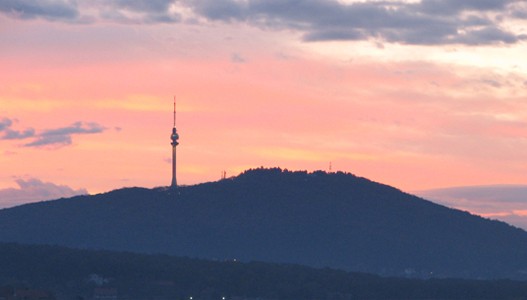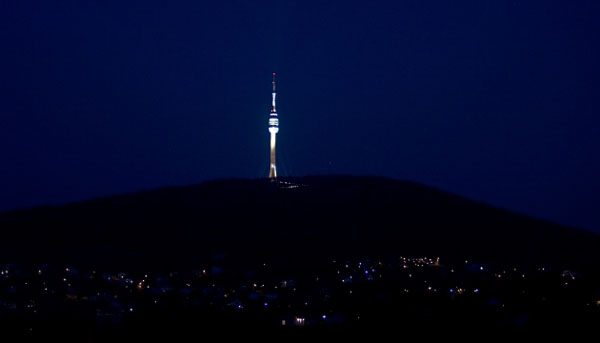A few pictures from Serbia 7
 •
by
•
by Cemi Kmdz
Sources of mineral water, marble, clay and very rich history. It is a "picture frame" Aranđelovac small town in the heart of Šumadije.

Throughout the south-eastern Serbia has many remains of Roman and medieval buildings, more or less preserved. The greatest part was on the Roman road Via Militaris. The road from Belgrade (Singidunum) to Constantinople. The road route through Serbia today was built in 33 years.

Healing water from five springs Niska Banja, they knew at the time of the Romans. In the region of the spa were found the remains of Neolithic civilization from 3,300 BC.

Originally commissioned in 1965, was destroyed in the NATO bombing of FR Yugoslavia on April 29 in 1999. Upon renewal for a period of three years, the Avala Tower was opened in the presence of the national leadership of the Republic of Serbia 21 aprila 2010.


Lazarev Canyon

Gamzigrad is an archaeological site near Zajecar in eastern Serbia ancient Roman imperial palace Felix Romuliana (Latin Felix Romuliana) that on 29 June 2007a. Located at UNESCO's World Heritage List. During the 5th century, the palace was destroyed by the barbarians, in the 6th century Romuliana Justinian I restored as a border fortress. After the invasion of the Slavs in the late 6th century, the former imperial residence was abandoned. Powerful city on 6.5 hectares, with about 20 established tower. Located within the luxurious palaces, two pagan temples, three Christian churches and other buildings; floor mosaics are considered equals the best works of late antiquity in Europe.

Monument to the Unknown Hero on Avala.

Hajdučica Monastery is a male monastery of the Serbian Orthodox Church, which is located near the village of milfoil in the eastern Banat, Banat Episcopacy. It was built in 1939.



Comments
SHOUT
A few pictures from Serbia 7
http://www.erepublik.com/en/article/a-few-pictures-from-serbia-7-2390443/1/20
Pazi...
Da ti nesta kazem...
Nema Liman, nema vote , gari,,,
los ovaj gugl translejt xD
Mnogo 😃
Дај бре Чемара, стави некад и моје Врање, што си неки... 🙂
VOTED
Derane dobar je clanak!
vote !
😮
Nice country 🙂
V
Nema Užice, nema vote 🙂
A najveca nasa banja, Vrnjacka Banja ? 😮 Ubacuj to odma 😃